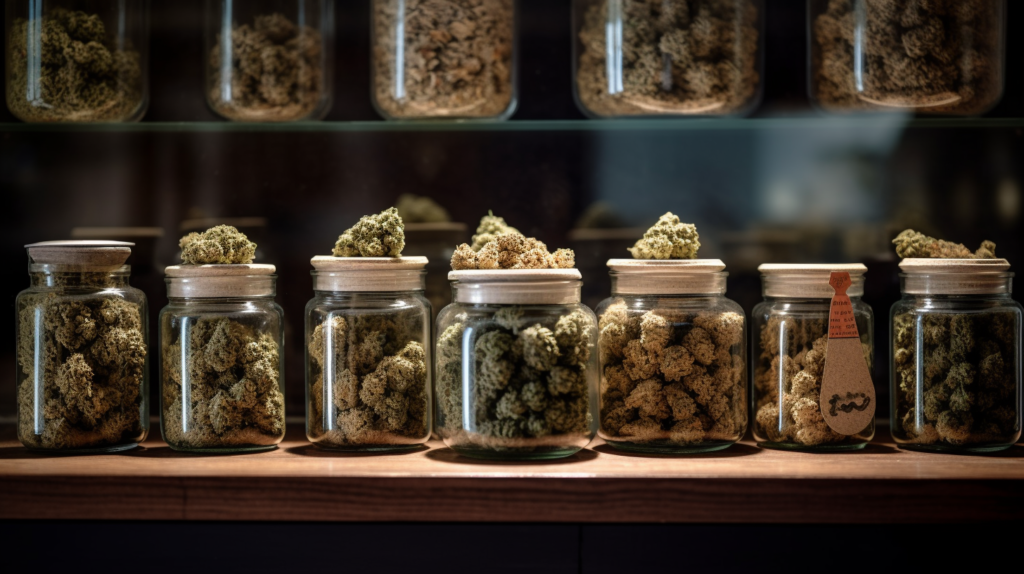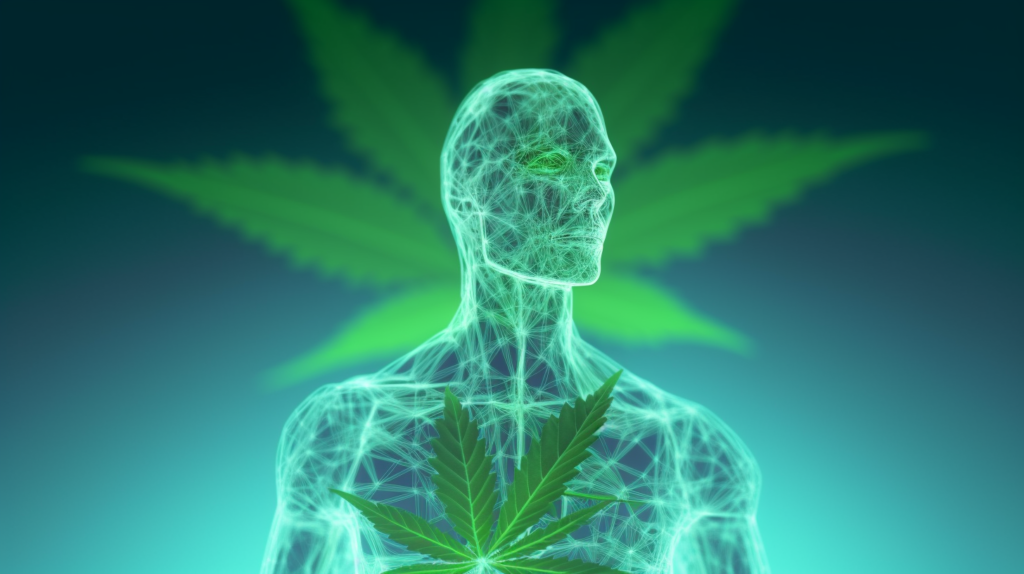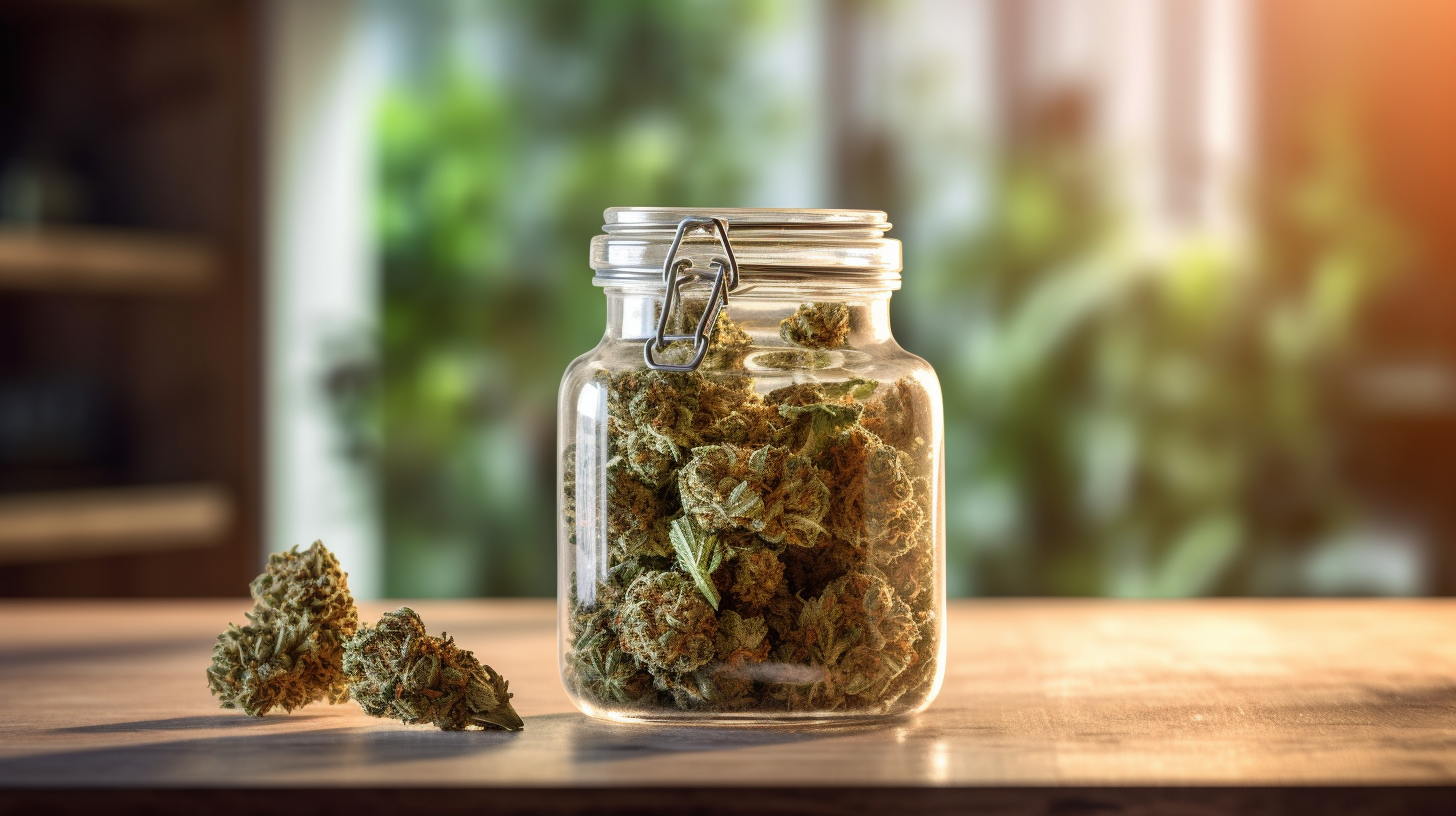Cannabis has been the subject of numerous scientific studies due to its potential medical applications and effects on human health. Here, I will cite a few relevant scientific papers to provide a comprehensive understanding of the topic.
Latest News regarding Medical Research
CannaList Interview to Lars Müller: SynBiotic CEO
In the interview with Lars made by one of the members of CannaList, they delved into the topic of the sanctioning of adult-use in Germany, and explored the exhilarating developments … Read more
Discover the 12 Surprising Benefits of Hemp Seed Oil
Hemp seed oil is extracted from the hemp plant’s seeds, which is the name given to cannabis plants with little to no THC. The seeds are cold-pressed to produce one … Read more
Does cannabis effect medical?
The paper titled “Cannabis effects on brain structure, function, and cognition: considerations for medical uses of cannabis and its derivatives” by Alison C. Burggren et al. [1] discusses the impact of cannabis on cognitive impairment and brain structure. The authors highlight the role of the endocannabinoid system in neural development and express concern about the rising use of cannabis in adolescents and young adults. They also acknowledge the FDA-approved medical uses of certain cannabinoid compounds.
Another study titled “Effects of Cannabis Use on Human Behavior, Including Cognition, Motivation, and Psychosis: A Review” by Nora D. Volkow et al. [2] reviews the effects of cannabis use on human behavior. The authors suggest that cannabis use can affect brain development and mental function, and they call for more scientific evidence to inform political discourse.
“Cannabidiol: Pharmacology and potential therapeutic role in epilepsy and other neuropsychiatric disorders” by Orrin Devinsky et al. [3] presents a summary of the current scientific evidence about cannabidiol (CBD), a major nonpsychoactive ingredient in cannabis. The authors discuss the anticonvulsant properties of CBD in many acute animal models and its potential therapeutic role in epilepsy and other neuropsychiatric disorders.
Lastly, the study “Medical Cannabis Laws and Opioid Analgesic Overdose Mortality in the United States, 1999-2010” by Marcus A. Bachhuber et al. [4] investigates the association between the presence of state medical cannabis laws and opioid analgesic overdose mortality. The authors found that states with medical cannabis laws had a lower mean annual opioid overdose mortality rate.
In conclusion, the effects of cannabis on medical health are multifaceted and complex. While there are potential therapeutic applications, particularly in the management of chronic pain and certain neuropsychiatric disorders, there are also risks associated with its use, particularly cognitive impairment and potential effects on brain development. More research is needed to fully understand the medical implications of cannabis use.
Who is the biggest producer of medical cannabis?

Determining the largest producer of medical cannabis can be challenging due to the rapidly evolving nature of the industry and the varying legal statuses of cannabis across different jurisdictions. However, I found a relevant scientific paper that discusses the regulation and testing of legal cannabis in California, which is one of the largest markets for medical cannabis in the United States.
The paper titled “Into the Weeds: Regulating Pesticides in Cannabis” by Nate Seltenrich [5] discusses the strict regulations and testing procedures for legal cannabis in California. The state has established independent third-party laboratories to ensure that the legal cannabis is clean and safe for consumption. This rigorous testing process includes measurements of potency, moisture content, residual solvents, heavy metals, mycotoxins, microbial impurities, and pesticides.
While this paper does not explicitly name the largest producer of medical cannabis, it provides insight into the regulatory landscape of the cannabis industry in California, which is a significant player in the medical cannabis market. It’s important to note that the largest producer can vary depending on the specific metrics used to determine the “largest” (e.g., revenue, production volume, market share) and can change over time due to market dynamics.
What is the impact factor of cannabis cannabinoid research?
The impact factor of a journal is a measure reflecting the yearly average number of citations to recent articles published in that journal. It is often used as a proxy for the relative importance of a journal within its field. However, the impact factor of a specific field of research, such as cannabis cannabinoid research, is not a standard metric and can be challenging to determine precisely. It would typically involve looking at the impact factors of the journals where the research is published and the citation rates of the individual articles.
One of the papers that I found in the field of cannabis cannabinoid research is titled “The cannabis withdrawal syndrome: current insights” by Udo Bonnet and Ulrich W. Preuss [6]. This paper discusses the cannabis withdrawal syndrome, a criterion of cannabis use disorders, and cannabis dependence. The authors suggest that cessation from long-term and regular cannabis use precipitates a specific withdrawal syndrome with mainly mood and behavioral symptoms of light to moderate intensity.
While this paper does not provide a direct answer to your question about the impact factor of cannabis cannabinoid research, it represents a piece of the larger body of work in this field. The impact of this research can be inferred from the number of times this paper and others like it are cited in subsequent research.
How long does it take for cannabinoid receptors to return to normal?

The time it takes for cannabinoid receptors to return to normal after chronic cannabis use has been investigated in several studies. A notable paper titled “Reversible and regionally selective downregulation of brain cannabinoid CB1 receptors in chronic daily cannabis smokers” by Jorma Hirvonen et al. [7] provides some insight into this.
The authors used positron emission tomography imaging to show reversible and regionally selective downregulation of brain cannabinoid CB1 receptors in human subjects who chronically smoked cannabis. The downregulation correlated with years of cannabis smoking and was selective to cortical brain regions. After approximately 4 weeks of continuously monitored abstinence from cannabis on a secure research unit, CB1 receptor density returned to normal levels.
This study suggests that the brain’s endocannabinoid system can recover from chronic cannabis use, but the time frame may vary depending on individual factors such as the duration and intensity of cannabis use. It’s important to note that this is a complex area of research and more studies are needed to fully understand the long-term effects of cannabis use on the endocannabinoid system.
References
1. Burggren, A. C., Shirazi, A., Ginder, N., & London, E. D. (2019). Cannabis effects on brain structure, function, and cognition: considerations for medical uses of cannabis and its derivatives. DOI: 10.1001/jamapsychiatry.2015.3278
2. Volkow, N. D., Swanson, J. M., Evins, A. E., DeLisi, L. E., Meier, M. H., Gonzalez, R. S., Bloomfield, M. A. P., Curran, H. V., & Baler, R. (2016). Effects of Cannabis Use on Cannabidiol: Pharmacology and potential therapeutic role in epilepsy and other neuropsychiatric disorders. DOI: 10.1001/jamapsychiatry.2015.3278
3. Orrin Devinsky, Maria Roberta Cilio, Helen Cross, Javier Fernandez-Ruiz, Jacqueline French, Charlotte Hill, Russell Katz, Vincenzo Di Marzo, Didier Jutras-Aswad, William George Notcutt, Jose Martinez-Orgado, Philip J. Robson, Brian G. Rohrback, Elizabeth Thiele, Benjamin Whalley, Daniel Friedman, Cannabidiol: Pharmacology and potential therapeutic role in epilepsy and other neuropsychiatric disorders. DOI: 10.1111/epi.12631
4. Bachhuber MA, Saloner B, Cunningham CO, Barry CL. Medical Cannabis Laws and Opioid Analgesic Overdose Mortality in the United States, 1999-2010. JAMA Intern Med. 2014;174(10):1668–1673. DOI :10.1001/jamainternmed.2014.4005
5. Seltenrich, N. (2019). Into the Weeds: Regulating Pesticides in Cannabis DOI: 10.1289/EHP5265
6. Bonnet, U., & Preuss, U. W. (2017). The cannabis withdrawal syndrome: current insights DOI: 10.2147/sar.s109576
7. Hirvonen, J., Goodwin, R. S., Li, C. T., Terry, G. E., Zoghbi, S. S., Morse, C., Pike, V. W., Volkow, N. D., Huestis, M. A., & Innis, R. B. (2012). Reversible and regionally selective downregulation of brain cannabinoid CB1 receptors in chronic daily cannabis smokers. DOI: 10.1038/mp.2011.82



